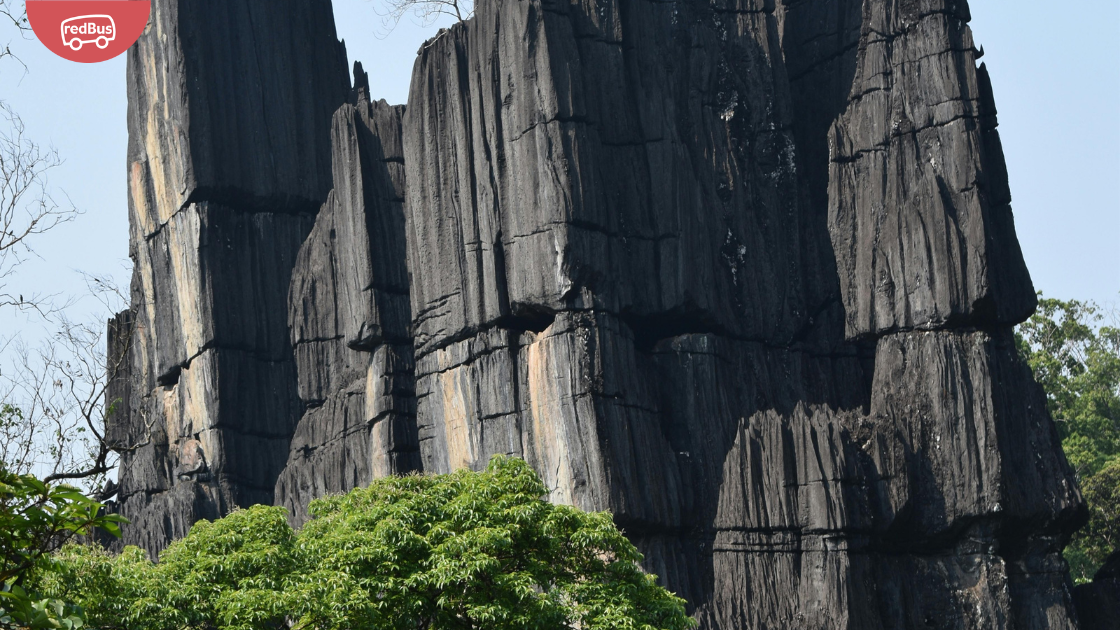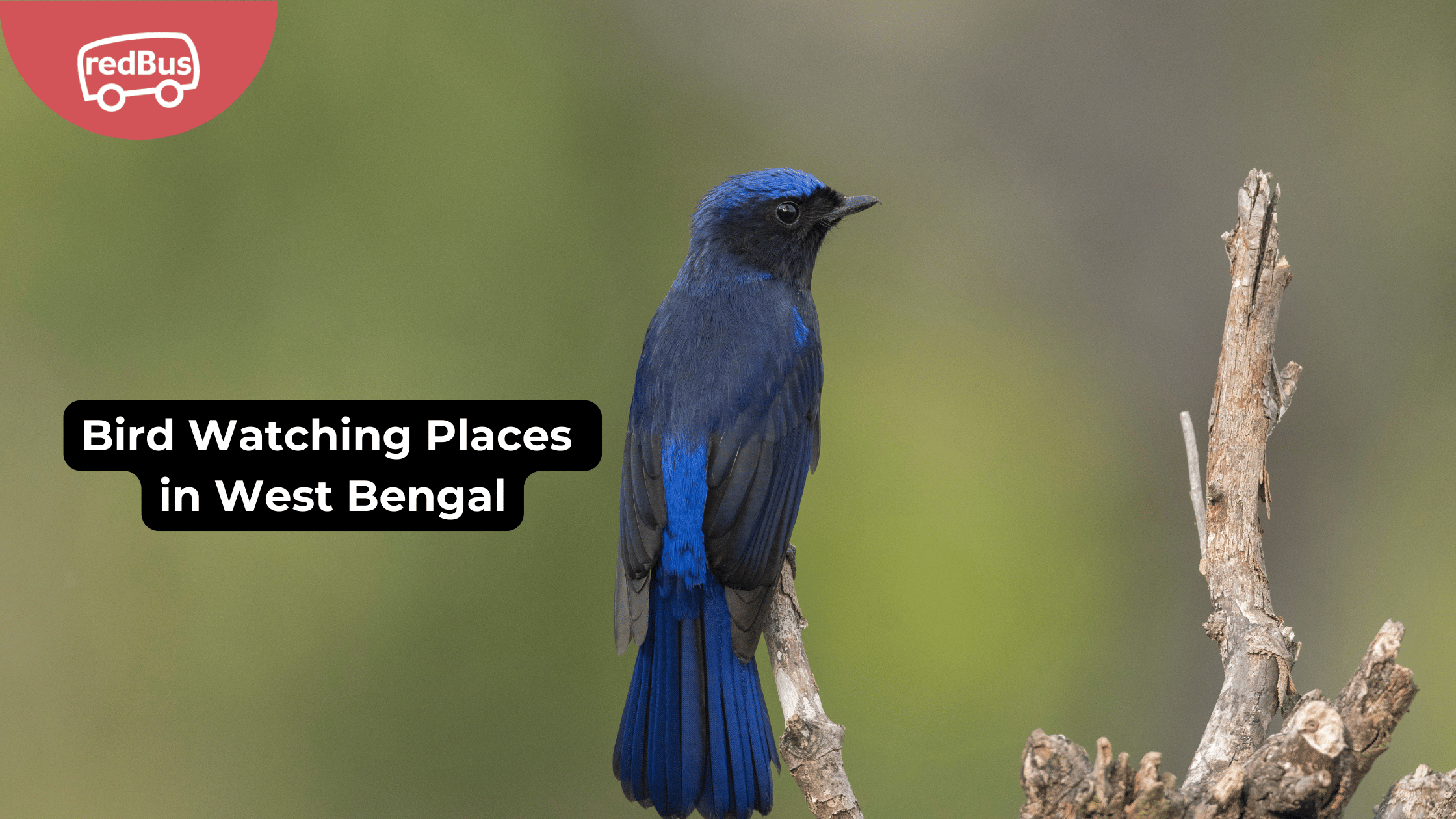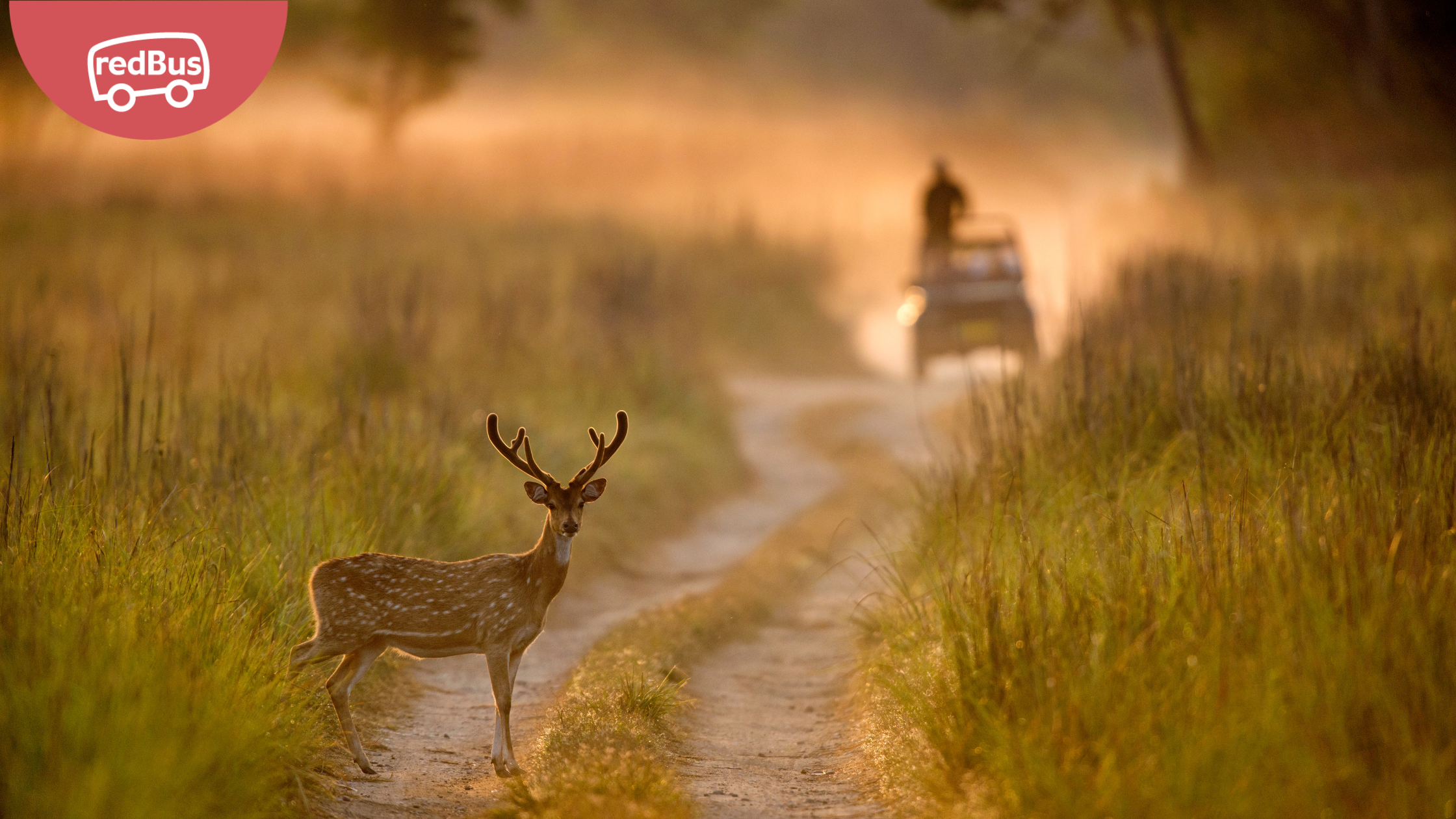West Bengal, a state of diverse landscapes ranging from the towering Himalayas to lush mangroves and expansive wetlands, is a paradise for birdwatchers and photographers. The region’s rich biodiversity and strategic location along migratory routes make it home to an impressive array of resident and migratory birds. Whether you’re an avid birder or a photographer seeking captivating subjects, these birdwatching destinations in Bengal promise an unforgettable experience.
1. Sundarbans National Park
- Location: South 24 Parganas District
- Highlight Species: Brown-winged kingfisher, mangrove whistler, white-bellied sea eagle, and black-capped kingfisher.
- Why Visit:
The Sundarbans, the world’s largest mangrove forest, is a UNESCO World Heritage Site and a birdwatcher’s haven. With its intricate waterways and lush vegetation, it provides the perfect habitat for waterfowl, raptors, and mangrove specialists. The sunrise and sunset over the wetlands create breathtaking opportunities for bird photography.
2. Gajoldoba Wetlands (Teesta Barrage)
- Location: Jalpaiguri District
- Highlight Species: Bar-headed geese, northern pintails, ruddy shelducks, and ferruginous pochards.
- Why Visit:
Located near the Teesta River, Gajoldoba is a hotspot for migratory waterfowl during winter. The tranquil waters and surrounding grasslands offer ideal conditions for spotting large flocks. Early morning visits are particularly rewarding, with golden light accentuating your photography.
3. Neora Valley National Park
- Location: Kalimpong District
- Highlight Species: Red-headed trogon, Satyr tragopan, Rufous-throated partridge, and Himalayan cutia.
- Why Visit:
Known as the “Land of the Flying Colors,” Neora Valley National Park is nestled in the Eastern Himalayas and is a biodiversity hotspot. Its dense forests and misty trails are perfect for capturing rare Himalayan birds in their natural habitat.
4. Bakkhali and Henry’s Island
- Location: South 24 Parganas District
- Highlight Species: Lesser sand plovers, black-tailed godwits, ruddy turnstones, and terek sandpipers.
- Why Visit:
These coastal areas, with their sandy beaches and mudflats, attract a variety of shorebirds. The serene backdrop of the Bay of Bengal and abundant birdlife make this a hidden gem for shutterbugs.
5. Rasik Beel Wetland
- Location: Cooch Behar District
- Highlight Species: Grey-headed lapwing, pheasant-tailed jacana, and purple heron.
- Why Visit:
Rasik Beel is a pristine wetland ecosystem teeming with aquatic birdlife. During winter, migratory species enhance the area’s charm, offering ample photographic opportunities amid serene surroundings.
6. Dooars Region
- Location: Jalpaiguri and Alipurduar Districts
- Highlight Species: Great hornbill, pied hornbill, oriental pied hornbill, and blue-throated barbet.
- Why Visit:
With its lush tea gardens, dense forests, and flowing rivers, the Dooars region is a biodiversity hotspot. Birds of varying species can be spotted here, from forest-dwellers to open-field birds, making it a versatile destination for bird photography.
7. Rabindra Sarobar
- Location: Kolkata
- Highlight Species: Asian koel, spotted owlet, white-breasted waterhen, and cormorants.
- Why Visit:
This urban lake in the heart of Kolkata attracts a surprising variety of bird species. A morning visit reveals a mix of resident and migratory birds, set against the calm waters and greenery—a perfect spot for photographers seeking urban wildlife.
8. Chintamoni Kar Bird Sanctuary
- Location: South 24 Parganas District
- Highlight Species: Vernal hanging parrot, rufous treepie, and golden orioles.
- Why Visit:
Often referred to as the “Garden of Birds,” this sanctuary is a small yet vibrant spot for birdwatching near Kolkata. Its dense foliage and quiet environment make it ideal for capturing close-up shots of colorful birds.
9. Jaldapara National Park
- Location: Alipurduar District
- Highlight Species: Crested eagle, jungle fowl, peafowl, and red junglefowl.
- Why Visit:
While known for its wildlife, Jaldapara is also a great destination for birding. The park’s grasslands and forests are home to an interesting mix of ground-dwelling and arboreal species.
10. Santragachi Jheel
- Location: Howrah District
- Highlight Species: Lesser whistling ducks, cotton pygmy geese, and gadwalls.
- Why Visit:
This wetland near Kolkata is a winter paradise for migratory waterfowl. The sheer number of birds that visit this lake makes it a spectacle for birdwatchers and photographers alike.
Tips for Bird Photography in Bengal
- Plan Your Visit: Early mornings and late afternoons offer the best lighting and bird activity.
- Gear Up: A telephoto lens (300mm or higher) is essential for capturing birds from a distance.
- Be Patient: Birds can be elusive, so wait quietly and avoid sudden movements.
- Blend In: Wear earth-toned clothing to avoid alarming the birds.
- Do Your Research: Learn about the birds you’re likely to encounter, including their behavior and habitats.
Conclusion: How to Reach These Destinations
By SBSTC Buses
- For destinations like Bakkhali, Henry’s Island, and the Sundarbans, buses from Kolkata’s Esplanade or Howrah bus terminus offer direct or nearby connections.
- The Dooars, Gajoldoba, and Jaldapara can be accessed via buses to Siliguri or Alipurduar, followed by local transport.
By Train and Local Transport
- Trains connect Kolkata and other parts of Bengal to birdwatching hotspots. From stations like New Jalpaiguri (for the Dooars) and Cooch Behar (for Rasik Beel), you can hire cabs or take buses.
Exploring West Bengal’s birdwatching destinations is a fulfilling journey for shutterbugs. With its diverse ecosystems and vibrant birdlife, the state promises mesmerizing encounters for those who love nature and photography. Whether you’re capturing the majestic hornbill in the Dooars or the playful waterfowl at Santragachi, every moment will leave you spellbound. Grab your camera, pack your essentials, and embark on a birding adventure across Bengal!










